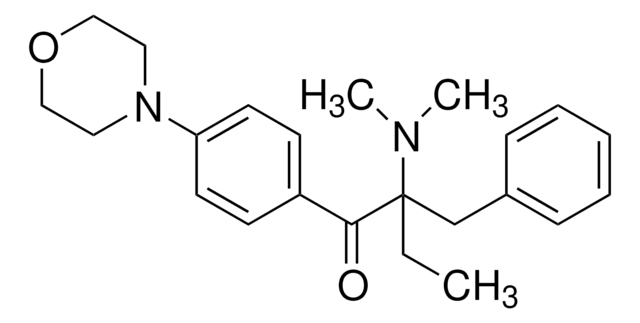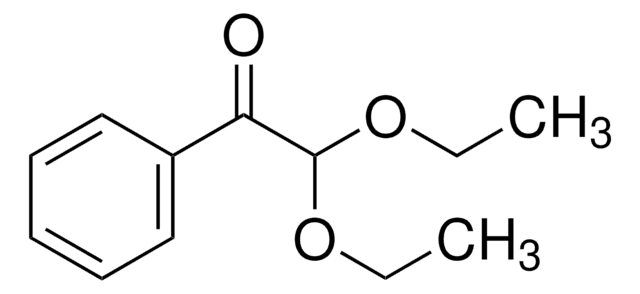410896
2-Hydroxy-4′-(2-hydroxyethoxy)-2-methylpropiophenone
98%
Sinônimo(s):
1-[4-(2-Hydroxyethoxy)phenyl]-2-hydroxy-2-methyl-1-propan-1-one, 2-Hydroxy-1-[4-(2-hydroxyethoxy)phenyl]-2-methyl-1-propanone, 2-Hydroxy-2-methyl-1-[4-(2-hydroxyethoxy)phenyl]propan-1-one, 4-(2-Hydroxyethoxy)phenyl 2-hydroxy-2-propyl ketone
About This Item
Produtos recomendados
Nível de qualidade
Ensaio
98%
pf
88-90 °C (lit.)
cadeia de caracteres SMILES
CC(C)(O)C(=O)c1ccc(OCCO)cc1
InChI
1S/C12H16O4/c1-12(2,15)11(14)9-3-5-10(6-4-9)16-8-7-13/h3-6,13,15H,7-8H2,1-2H3
chave InChI
GJKGAPPUXSSCFI-UHFFFAOYSA-N
Aplicação
- Polyacrylamide-grafted chitosan nanoparticles by copolymerization of acrylamide and chitosan nanoparticles.
- Hydrophobic polyurethane sponge through thiol–ene Click reaction.
Frases de perigo
Declarações de precaução
Classificações de perigo
Aquatic Chronic 2
Código de classe de armazenamento
11 - Combustible Solids
Classe de risco de água (WGK)
WGK 1
Ponto de fulgor (°F)
not determined
Ponto de fulgor (°C)
not determined
Equipamento de proteção individual
Eyeshields, Gloves, type N95 (US)
Escolha uma das versões mais recentes:
Já possui este produto?
Encontre a documentação dos produtos que você adquiriu recentemente na biblioteca de documentos.
Os clientes também visualizaram
Nossa equipe de cientistas tem experiência em todas as áreas de pesquisa, incluindo Life Sciences, ciência de materiais, síntese química, cromatografia, química analítica e muitas outras.
Entre em contato com a assistência técnica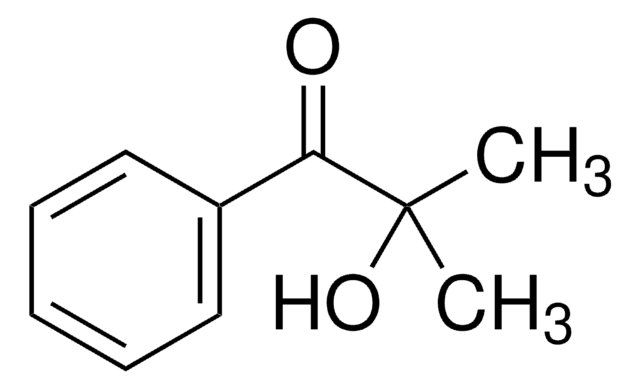
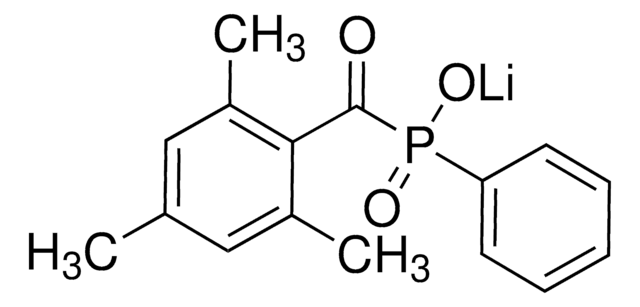

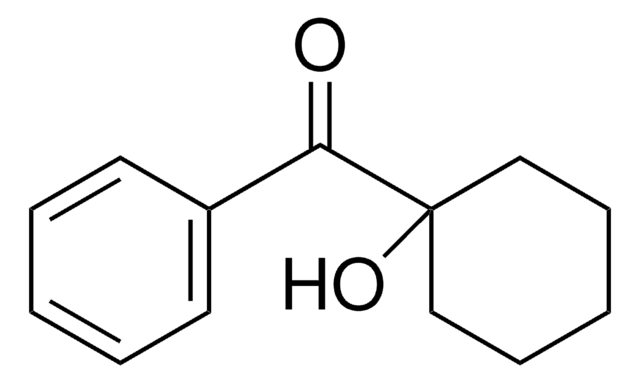


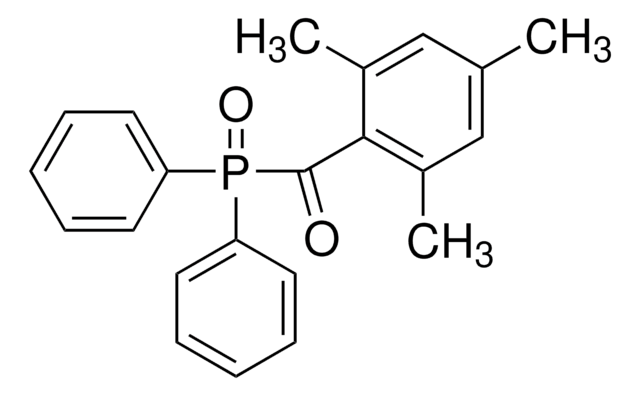
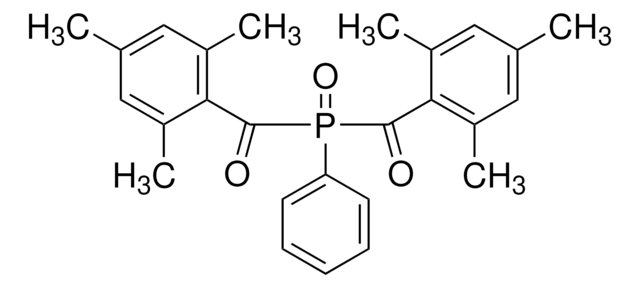

![2-[2-(2-Methoxyethoxy)ethoxy]acetic acid technical grade](/deepweb/assets/sigmaaldrich/product/structures/335/694/b58c539b-141f-4ab2-98d9-5f46c748490b/640/b58c539b-141f-4ab2-98d9-5f46c748490b.png)


